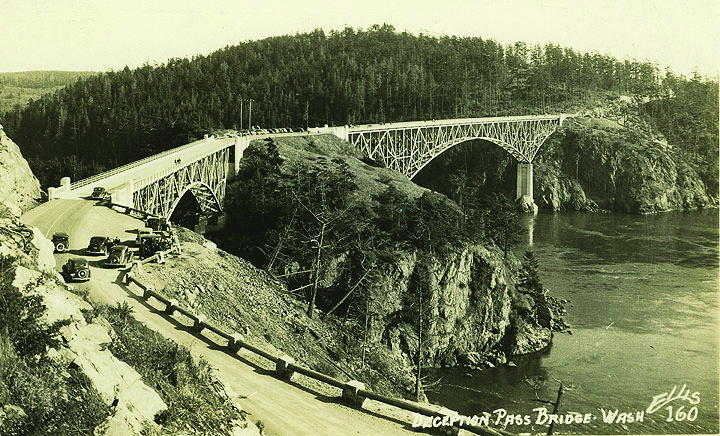Those of us who call the Pacific Northwest home typically tout the beauty of our surroundings as one of the main reasons we choose to live here. We can thank in large part the Civilian Conservation Corps of Washington and Oregon for the beauty of our national and state parks. In partnership with the Washington State Historical Society, the Washington State History Museum has curated an original exhibition to celebrate the Civilian Conservation Corps.
The Great Depression of the 1930s was a time of economic uncertainty, change, and despair for many Americans. By the end of the 1930s, over a third of Washingtonians would experience unemployment, and many would lose their homes and savings to the national crisis.
In 1933, President Franklin Roosevelt created a series of federal programs to restore the economy, health, and dignity of the country. One of the first programs was the Civilian Conservation Corps (CCC), an attempt to remedy the nation’s economic and environmental woes through public service and natural resource protection. In Washington and Oregon, the CCC restored forests, built critical infrastructure, preserved soil and grasslands, and made lasting improvements to state and national parks.
On display from September 16, 2023 through January 7, 2024, Natural Remedy will bring the CCC experience to life. Visitors will have the opportunity to investigate the Pacific Northwest’s CCC history while learning about the legacy of the many projects undertaken by these workers.
According to Derek Nguyen, Marketing and Communications Director for the Washington State History Museum, “Natural Remedy is an exhibition that showcases the infrastructure and park projects that connect us to the unique beauty and landscape of the Pacific Northwest. The exhibition also delves into the daily lives and struggles of CCC members and how their work shaped the land, culture, and our appreciation for the environment.”
Through fun, engaging and interactive displays, the Washington State Historical Society partners with the surrounding communities to explore how history connects
us all.
Washington State History Museum
washingtonhistory.org
BY LYNN CASTLE
